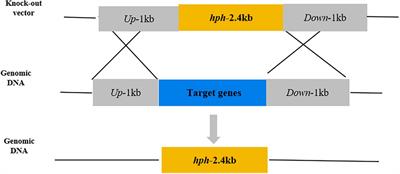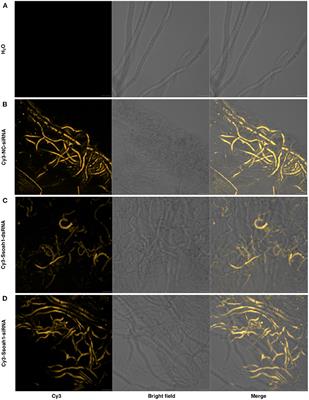EDITORIAL
Published on 11 Feb 2022
Editorial: Necrotrophic Fungal Plant Pathogens
doi 10.3389/fpls.2022.839674
- 3,000 views
- 4 citations
48k
Total downloads
255k
Total views and downloads
EDITORIAL
Published on 11 Feb 2022
ORIGINAL RESEARCH
Published on 10 Jan 2022

ORIGINAL RESEARCH
Published on 10 Dec 2021

ORIGINAL RESEARCH
Published on 08 Nov 2021

ORIGINAL RESEARCH
Published on 26 Oct 2021

ORIGINAL RESEARCH
Published on 23 Sep 2021

ORIGINAL RESEARCH
Published on 08 Sep 2021

REVIEW
Published on 20 Aug 2021

ORIGINAL RESEARCH
Published on 19 Aug 2021

ORIGINAL RESEARCH
Published on 12 Aug 2021

ORIGINAL RESEARCH
Published on 30 Jul 2021

ORIGINAL RESEARCH
Published on 20 Jul 2021

